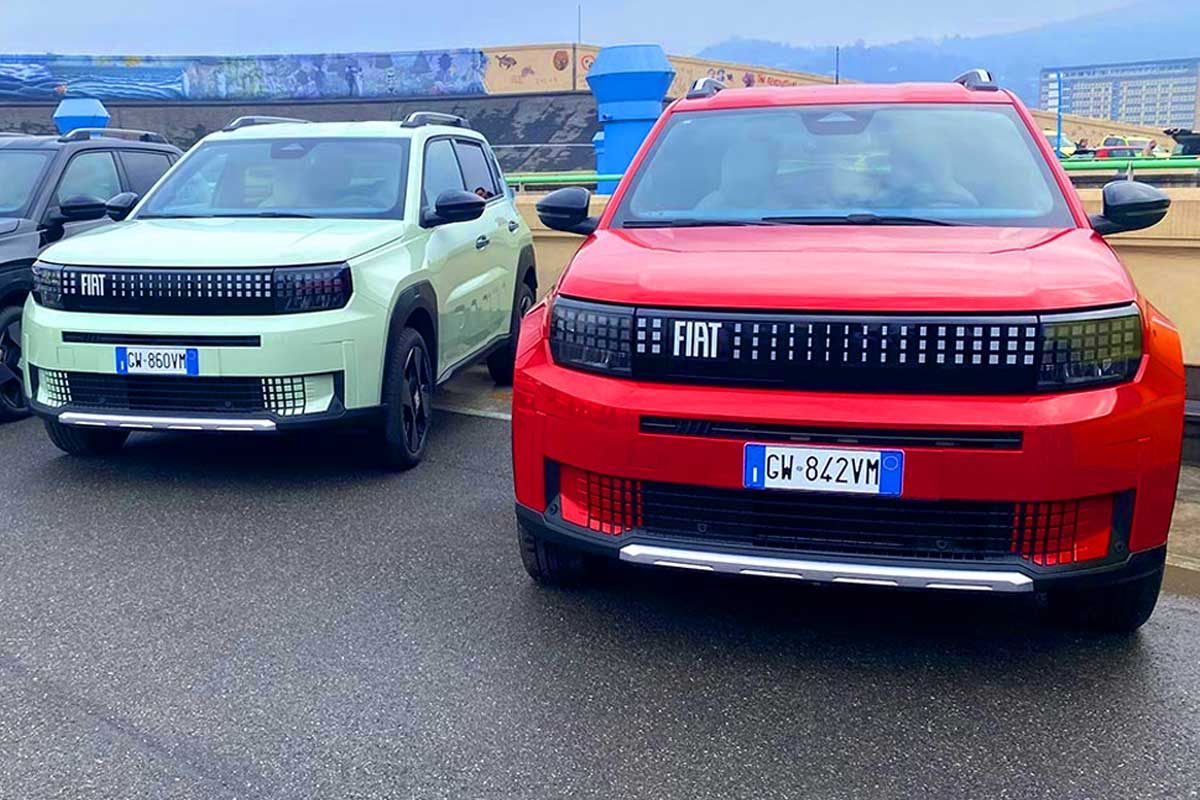
The success of Fiat Grande Panda in Europe has a flip side: production under strain. In just a few weeks, Fiat logged over 15,000 orders, putting enormous pressure on the Serbian plant in Kragujevac, responsible for assembling this new strategic model for the Italian brand. Several months after the opening of the order books, the ramp-up remains laborious, despite reinforcements from... Italy.
Among them, "Filippo" (not his real name), a worker at the Melfi site, now on assignment in Serbia, agreed to tell us about his daily life. Milano Finanza. Her testimony reveals what goes on behind the scenes.
A departure forced by necessity
Having been technically unemployed for months, Filippo didn't have the luxury of choice:
"It got to the point where I couldn't pay my mortgage."
So.., when Stellantis suggested he move to Serbiahe agreed. Like him, 33 workers from Basilicata left in April, with others to follow from Cassino, Termoli and other Italian sites. Officially volunteers, but in reality many saw this "opportunity" as a way out.
A hard life in Kragujevac
At the factory, Filippo finds a familiar working environment: the structure and organization are similar to those in Melfi. However, daily life in Serbia comes as a real shock:
- A local worker earns around €600 a month.
- Many combine several jobs to survive.
- Far from clichés, the cost of living is far from low: between €270 and €400 for sometimes precarious accommodation, and food prices close to those in Italy.
Despite an allowance of €52.5 per day worked and €60 on days off when they don't eat at the canteen), he confides:
"I have to cook for myself, avoid restaurants, and monitor every expense with my phone to convert to euros."
Major production difficulties
At the Serbian plant, production is proceeding at a slow pace. Stellantis was aiming for 500 vehicles a day in March. Today, according to Filippo :
- Just 125 Grande Panda are assembled every day.
- The Citroën C3, also produced on site, is limited to 10 units/day.
Production is frequently interrupted due to a lack of available components, notably the famous eDCT gearboxes required for hybrid versions.
"When equipment is missing, we stop everything. If the parts arrive, we pick them up the next day."
This phenomenon, far from being isolated, is affecting other Stellantis plants in Europe. In March, according to Jean-Philippe Imparato, Head of Europe at Stellantis, 20,000 hybrid vehicles were lost across the Group.
A cost-driven strategy
The decision to produce the Grande Panda in Serbia is not an insignificant one. With production costs three times lower than in Italy, Stellantis is optimizing its profitability. However, this economic gamble is now coming up against an industrial reality: without sufficient manpower and a rapid ramp-up in production rates, delivery times are skyrocketing.
According to our newsFor an order placed in April 2025, we will have to wait :
- August 2025 for a Big Electric Panda (BEV),
- November 2025 for a Grande Panda hybrid (MHEV).
A real headache for Fiat, as the Grande Panda is supposed to relaunch the brand on the Old Continent before its launch in South America and North Africa.
A far from ideal situation for everyone
While the mission in Serbia enables workers like Filippo to regain an income, daily life is far from rosy. Between isolation, the cost of living, organizational difficulties and the uncertainty of returning to Italy, the situation remains precarious:
"It's not the life I'd hoped for. But for now, I'm staying. I need to work."
Traurig was aus Fiat geworden ist!
Jeder der an Fiat denkt ...denkt an eine italienische Marke!
Und auch wenn er vielleicht etwas teuerer wäre und in Italien produziert werden würde.....es gäbe genug Käufer für den Panda und co .
Die Wahrheit ist .
.die da oben bekommen den Hals nicht voll genug . Den waren Menschen bei Fiat und die Tradition völlig egal ....